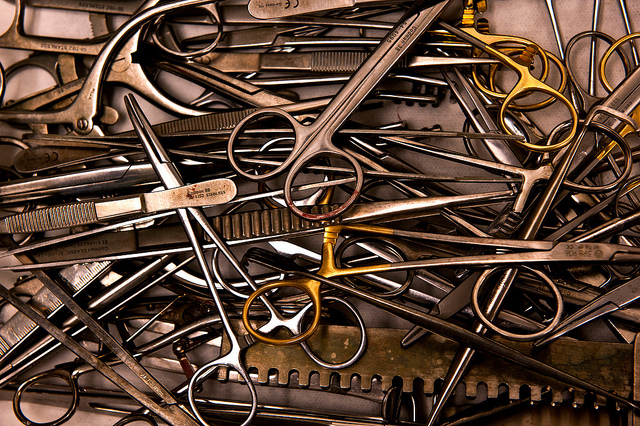Vasectomies are common procedures for men. Every year, over 500,000 men have the procedure done to help control the size of their families and end their body’s reproductive characteristics. With such a popular procedure, medical professionals like Dr. Kaplan have begun to institute and practice new ways to perform the surgery with less of an impact on the patient.

photo credit: AirmanMagazine via photopin cc
The no needle, no scalpel vasectomy was pioneered in China in the mid-1970s. It was introduced in the United States in 1985 and has been considered the preferred method of long-term birth control ever since.
The no needle portion of the vasectomy means that there is no anesthetic injected into the body to prepare for surgery. Rather than use a needle to ensure that the man is ready for his procedure, doctors use a pressurized spray anesthetic to numb the area.

photo credit: Alex E. Proimos via photopin cc
The no scalpel part of the procedure refers to the use of other tools rather than scalpels. Also known as a “key hole” vasectomy, a hemostat (surgical tool that looks like a pair of scissors), is used to puncture the scrotum rather than a scalpel. This method requires a much smaller incision and helps limit bleeding. The smaller wound also requires much less healing time and helps reduce the risk of infection after the procedure. In fact, the incision is so small that it doesn’t even require stitches.
So next time you’re considering your family planning for the future, think about going to a urologist who uses the No Needle, No Scalpel procedure for his vasectomies.
Have you had a no needle vasectomy? What was your experience?

